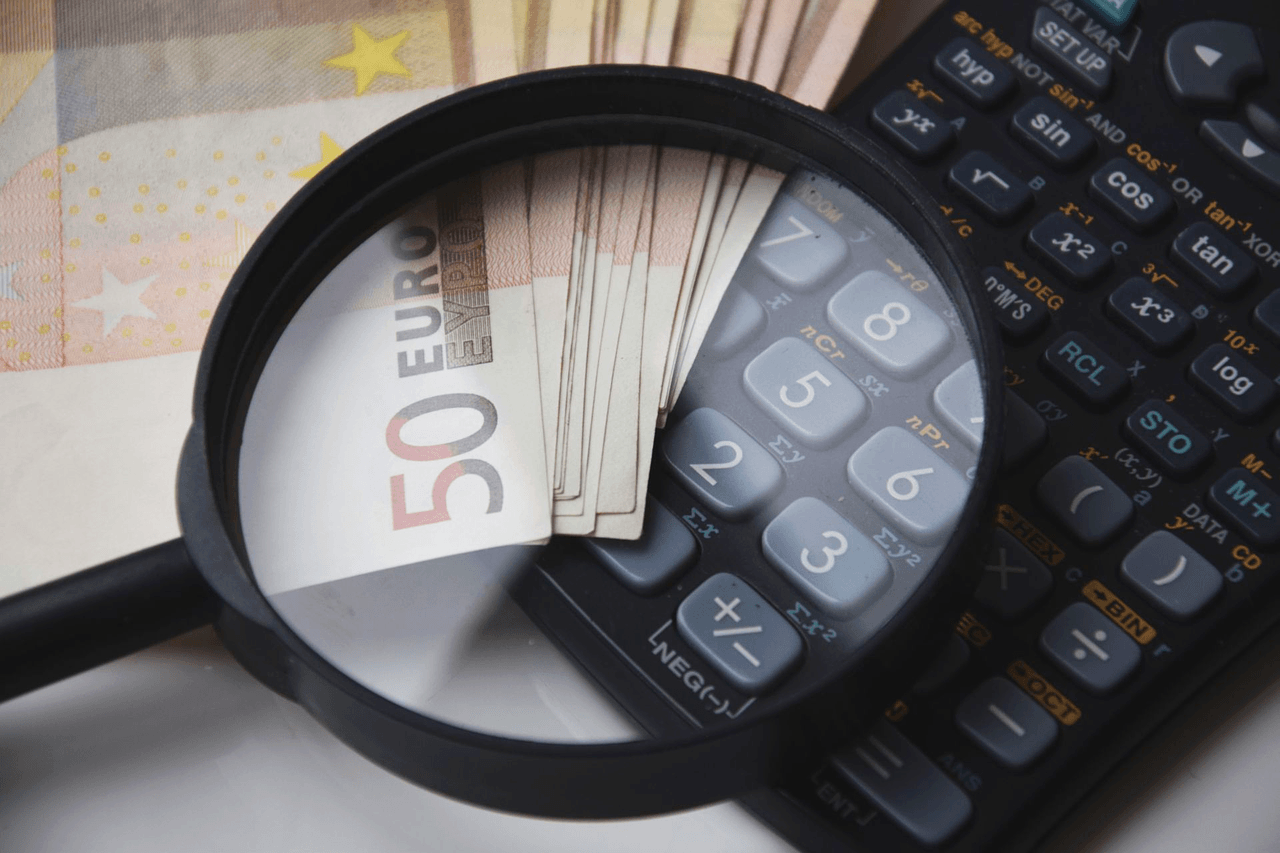Aggressive marketing techniques have seen the smart homes market grow into a multi million-dollar outfit; Statista puts the revenue figures at around US$927 million in the UK alone for 2016. In the United States, the industry is even bigger, at a massive US$48 billion in 2014, according to this infographic. Even with such crazy numbers, the industry shows no signs of slowing down, and is expected to grow to about US$3.7 billion in 2021. Globally, the rate of penetration for smart home technologies is expected to reach 38.7% by 2021, up from 2016’s 8.2%. Part of the reason why the industry is growing at such a high rate is the expectation by smart homeowners that they will accrue massive savings by using smart tech. So, how much should you expect to save with smart tech, if you do manage to squeeze something out of your annual expenses?
How Smart Tech Will Help You Cut Costs
Smart tech often includes devices such as thermostats, refrigerators, air conditioners, and other home equipment that come with Wi-Fi capabilities. This setup allows you to control these smart devices remotely via an app on your smartphone, and even monitor usage to control consumption to possibly save costs. These aren’t cheap, though, with some going for hundreds or even thousands of dollars for complete smart systems. It will be years, however, before you can recoup the costs of acquiring such systems. For example, an investment of about US$5,000 will usually yield costs savings of about US$100 each year, which isn’t feasible for most people who are renting an apartment. With their high initial capital outlay, smart tech usually works well for landlords and homeowners who stand to gain cost benefits for the life of the tech. Many tenants will get smart devices for aesthetics and to reduce their impact on the environment, but rarely for significant cost savings. For homeowners and tenants who want to save every penny they can out of their monthly bills, it pays to plan ahead. There are many ways you can save money by installing smart devices, and here are some of them.
Smart Thermostats
Heating and cooling take a huge chunk of monthly bills, with individuals spending up to half of the average household budget on them. Smart thermostats can adjust themselves in response to someone’s presence in the house, ensuring they are set to low or turned off when no one is around. Programmable thermostats can help you save up to 25% of the heating and cooling bill.
Smart Lighting
Lighting is only second to excessive heating when it comes denting the monthly bill. A smart lighting system can dim, turn off, or change the color of your bulbs for maximum energy savings. LED bulbs often cost more than regular bulbs, but can help you knock off at least US$35 per bulb annually. The water bill is another little-known area where individuals can save cash. This water utilization infographic by bathroom accessories company Big Bathroom Shop shows just how important water is for everyday life. Smart sprinklers automatically adjust the amount of water they let through according to the weather report, which can shave off up to 50% of the water bill.
Smart Power Outlets
Standby power use is a significant contributor to energy wastage and unnecessary expenses, contributing to about 16% of the electricity bill. Smart power outlets enable you to monitor and restrict energy drain via the sockets, which can save you up to 16% of the electricity bill. There are hordes of other energy-saving devices that you can use for your home. Each will give you varying levels of energy and cost savings, so plan wisely before diving in. If you are a tenant, sometimes the right energy savings can be achieved by moving into a house that already has the proper energy-saving equipment and gadgets already installed. After all, moving into a smart home is much easier than assembling one.
Image Credit: Application money Via Pixabay, Man making a roof gesture on piggy bank Via Freepik Featured photo credit: hswstatic via s.hswstatic.com

